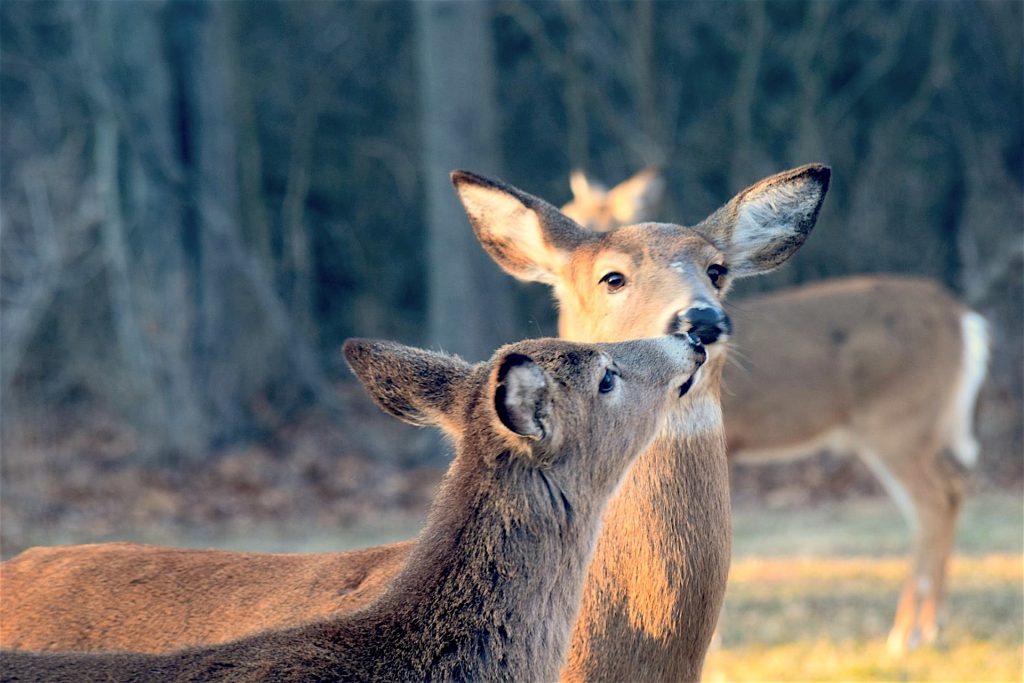Most people like things simple. Simple things are easy to understand. If it’s easy to understand, then it’s easy to make a decision. Let’s take my favorite topic, Cake! Cake makes you fat. If this simple statement were true, I might be able to swear it off. But I know people who eat cake all the time and are not fat. Some of those people exercise and some don’t. Some are men and some are women. Some are young and others are old.
Cake can make you fat but there are many factors that play into this outcome.
However, simplicity can give clarity to a complex topic. The KISS (Keep It Simple Stupid) principle was first coined in the 1960s by the U.S. Navy. It states that most systems work best if they are kept simple rather than made complicated. I know my cake intake system would work better if it wasn’t for my metabolism, activity, age, sex, genetics, gut flora, and over-the-top dopamine production associated with sugar.
Like my cake intake system, sometimes there are so many factors that you need to focus on one to tease out meaning. Occam’s razor addresses this. It is a problem-solving principle that basically says simpler solutions are more likely to be correct than complex ones. It is a guiding principle in science. The hypothesis with the fewest assumptions should be the one selected.
Indeed, these are the hypotheses that are the easiest to test. Perhaps that’s why a recent paper found that the majority of studies investigating predator-prey systems involved just single predator-single prey research design. For the carnivore-ungulate system (which was the focus), only one system had this singularity trait. The remainder had multiple resident carnivore and/or ungulate species.
The most studied systems had a minimum of 5 carnivore species and 7 ungulate species. But designing a research project that incorporates the complexities of the real world are nearly impossible to conduct with time and money being the largest constraints. But we must acknowledge the drawbacks of focusing on only one piece of the system. Those drawbacks relate to generalizations and application to other carnivore-ungulate systems. Oversimplification might generate results that are misleading, too general to be particularly useful, or not broadly applicable.
Pennsylvania’s predator-prey system is not as complicated as that of the Greater Yellowstone ecosystem or Banff National Park. But understanding how predation affects say…fawn survival is not always cut and dry. We know bears, coyotes, and bobcats prey on fawns. Deer are functionally the only ungulate species in the system (on a large scale). Quantifying predation by each predator is relatively simple.
As part of the most recent Pennsylvania fawn study, those 3 predators were incorporated beyond how many fawns they ate. Where they are found, how they use that habitat in space and time, and how that might influence fawn mortality were investigated adding another layer of understanding to the predator-prey relationships in Pennsylvania.
But what about interactions between predators? If there were fewer of one, would overall predation on fawns be reduced? Would another pick up the slack? And wishing predators off the landscape entirely might not change a thing with regard to fawn survival. How does that play into the epic drama?
Predators play only one role in a much larger production. It hurts my brain to think that cake does not make everyone fat. And while the KISS principle is helpful as we try to piece together this infinitely complex world, I can’t help but think we are all on a sugar high.
Wildlife Biologist
If you would like to receive email alerts of new blog posts, subscribe here.
And Follow us on Twitter @WTDresearch
